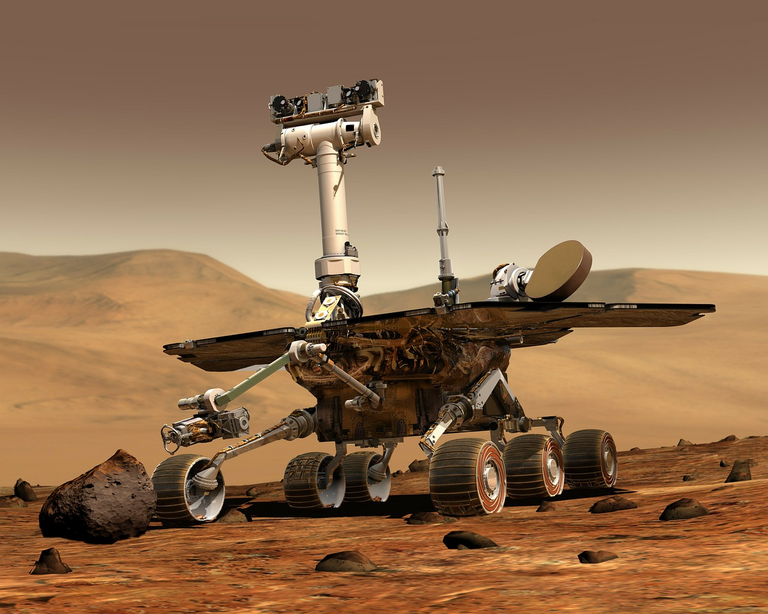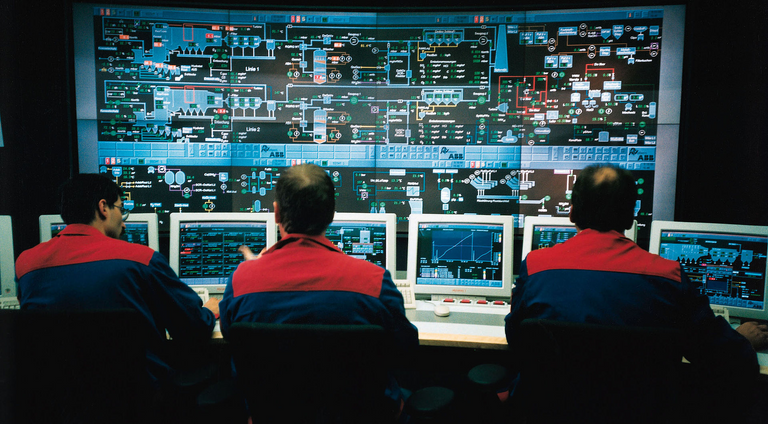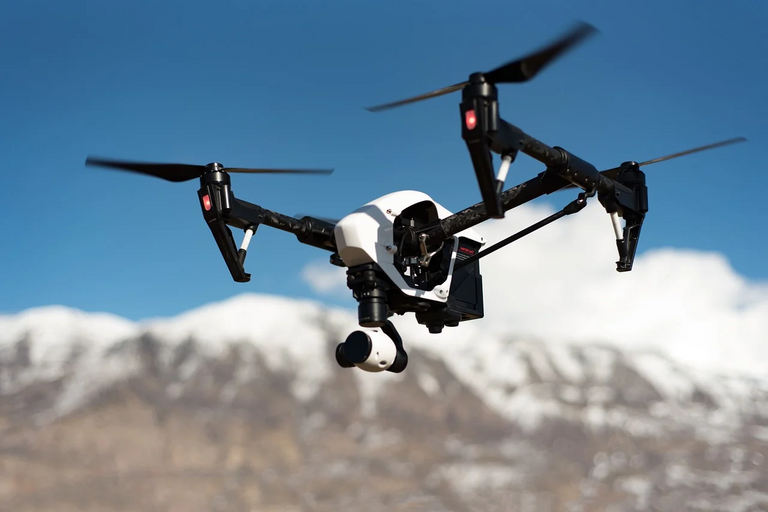Understanding the Basics of Controllers

A Mars rover. image source
Controllers are present anywhere, everywhere. The bread toaster you use to toast your bread during breakfast. The refrigerator at your home where you stack your supplies to keep them fresh and clean. The air conditioning unit at your room to keep you cool. These systems have controllers to meet you desire. A controller is a device used to operate or control a machine, a computer game, etc.” A controller’s job is to influence a system via control signal. It keeps the operating values at the desired level.
In movies, having a protagonist would be useless if it does not have an antagonist. The same idea is true in a control system. If there is an input and output, there will also be disturbances and errors. These act like the bad guys in a movie. The ones who bring chaos and mess things up. Disturbances are signals which tends to adversely affect the value of the output of a system. These are undesirable and unavoidable effects beyond our control. It may be caused by the environment or from within the system.
On the other hand, an error is the deviation of a controlled variable from the set point. This is the difference between the input and the feedback signal which compares the actual output with its desired value to generate the error. They serve as the “headache” in a control system.

A modern control room. image source
Discontinuous Controller
Like a movie, controllers have genres. A discontinuous controller is a controller in which the controller command intimates a discontinuous change in the controller parameters. This controller changes rapidly between levels of output. Due to these rapid changes, some variable errors might occur. In a discontinuous controller, the manipulated variable changes between discrete values. Compared to continuous controllers, discontinuous controllers operate on very simple, switching final controlling elements.
A control lag is a delay to execute the control action as the controller is making the necessary adjustment for the time variant control systems. This refers to the time for the process-loop to make changes to the final control element. To make it short, a control lag is the time needed to make adjustments to the actuator.
When a sudden change in the controlled variable happen, the controller reacts by sending a control signal to the final control element. It is to compensate the changes happening in the system in real-time. For example, if a sudden change in liquid temperature occurs, it requires some finite time for the control system to physically actuate the steam control value.
A dead time happen when the control action is not observable. It is also the lapse time between the deviation (error) and the correction. An example of dead time occurs when a chemical reaction causes a varying reactant flow rate through a long pipe. When a deviation is detected, the control system acts quickly to compensate the error in the flow rate. There is a tendency that the control action is unobservable when the pipeline are long. But if the pipe is quite long. Cycling occurs when there is a dynamic error in the system or process. It means that the process values fluctuates above and below the setpoint.

Surveillance Drones image source
Continuous Controller
In continuous controller, there is a smooth relation existing between controller output and error, whenever there is a deviation of the controlled variable from set point. The controller responds in a smooth fashion to achieve the control objective. In this mode, smooth variation of the control parameters is possible. But you need to tune these parameters which determine how much correction should be made, how long should the correction be applied and how fast should the correction be applied. Continuous controller is a combination of proportional, integral and derivative controllers.
A proportional controllers have a smooth relation between controller output and error before the output saturates at 0% or 100%. The controller reacts to any deviation without any lag, and compensate the process variable when there is a system deviation. It has a fast response to errors in the process by providing an immediate corrective action. With the right settings, the proportional controller provides a stability in controlling a process. A steady-state error occurs during the compensation of error. It causes a permanent error in the process called an offset.
An integral controller is capable of correcting sustained deviation or offset in the process. Hence integral controller only correct error, we don't use it as a standalone controller. We paired it with the proportional controller so that we can eliminate the offset of proportional controllers. The integral control sums up all the errors in the process before apply a corrective action. It causes the controller to have a slow response. It is a key problem with integral controller. It continues to manipulate the process until error becomes zero. It makes the controller sluggish.
To correct the sluggish response of integral control, we introduce a derivative controller. The derivative controller speeds up the correcting process of integral control. it calculates error rates to the amplitude of the proportional controller. In short, it speeds up the rate of the corrective action. Like the integral controller, derivative control lacks a amplitude control mechanism. We combine all three controllers to form PID controller. The PID controller allows proportional, integral, and derivative action to provide the best control mechanism for our processes.
Conclusion
Control system has assumed an increasingly important role in the development and advancement of modern civilization and technology. Practically every aspect of our day-to-day activities is affected by some type of control systems. Automatic control system are found in abundance in all sectors of industry. It is essential in such industrial operations as controlling pressure, temperature, humidity, and flow in the process industries. The controllers are classified as discontinuous and continuous controller.
A discontinuous controller provides two discrete level of control for our process. The controller changes process parameters from one level to another. The controller's action may cause dead time, control lag and cycling. On the other hand, a continuous controller has smooth response to errors and appropriately compensate it. There are three continuous controllers. A proportional controllers manipulates the process value from 0 to 100% depending on the error in the process. An integral controller is capable of correcting sustained deviation or offset in the process. It helps the proportional controller work perfectly but it has a sluggish response. To correct its sluggish response, we introduce a derivative controller to speed up the correction of errors.
https://twitter.com/juecoree/status/1362050922042462210
Yay! 🤗
Your post has been boosted with Ecency Points.
Continue earning Points just by using https://ecency.com, every action is rewarded (being online, posting, commenting, reblog, vote and more).
Support Ecency, check our proposal:
Ecency: https://ecency.com/proposals/141
Hivesigner: Vote for Proposal